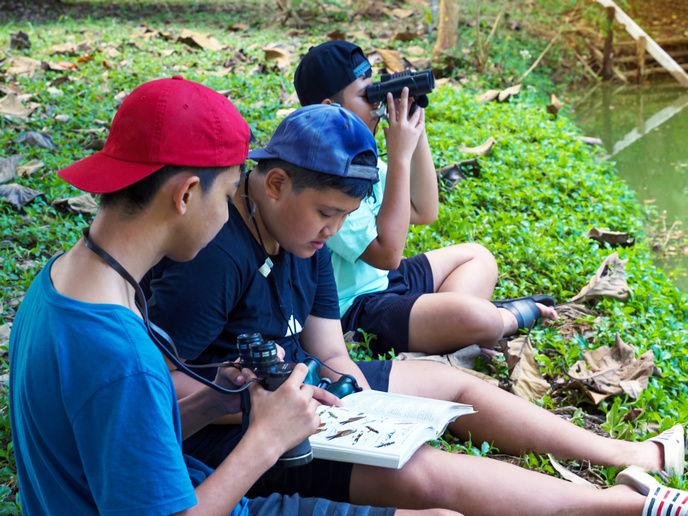Citizen science as a means of cultivating environmental awareness
Citizen science, where regular people actively participate in scientific research, is an incredibly powerful phenomenon. However, more often than not, our discussion about the power of citizen science tends to focus more on the science and less on the citizen. But what does this participation do to people who take part in citizen science projects? This is the question asked – and answered – by the EU-funded EnviroCitizen project. “We want to understand the ways in which citizen science involvement has been and could be used to cultivate environmental citizenship, which encompasses new ways of thinking and acting in all aspects of life to promote environmental sustainability,” says Finn Arne Jørgensen, a professor of Environmental History at the University of Stavanger, the project’s coordinating partner.
Transforming people into environmental citizens
Bringing together seven partners from Cyprus, Estonia, the Netherlands, Norway, Romania, Spain and Sweden, the project drew on the partners’ strengths in humanities and education research and practice to uncover the processes by which citizen scientists working in environmental-based activities can strengthen their connection to the environment. “For us, citizen science is about more than creating scientific knowledge, it’s about how participating in these projects can transform people into environmental citizens, into someone who cares for and about nature,” explains Jørgensen. While the list of areas covered by citizen science is nearly endless, the EnviroCitizen project decided to focus its research on birding. “Birding activities, in particular bird counting and bird ringing, have some of the longest citizen science traditions in the world,” adds Jørgensen. “They hold great potential for developing environmental citizenship that encompasses the rights and responsibilities that individuals and collective society have toward nature.”
Seeing citizens as more than just data collectors
During the project, researchers conducted a comprehensive and historical analysis of the evolution of citizen involvement in birding activities. Researchers also evaluated how citizens learn about and enact environmental citizenship through their citizen science-related birding activities. “One of the key conclusions of our research is that citizen science projects need to look beyond just the creation of scientific knowledge and not just treat citizens as data collectors,” notes Jørgensen. “Instead, scientists working with citizen scientists need to think about the socially transformative capacity of their project.” Based on this finding, the project has developed innovative community interventions designed to complement existing citizen science birding programmes in a way that better cultivates environmental citizenship. For example, the project launched an ambitious, multilanguage educational programme for schools that is based on a set of recommendations and support material for using birding-related activities as a means of strengthening environmental citizenship. The project also organised a range of public engagement events and videos that aim to increase participation in existing bird counting activities and position environmental citizenship as a deliberate outcome of these activities. Of particular interest to birders is the project’s Powering Platforms video series. These professionally produced videos, which are based on the research conducted during the EnviroCitizen project, explain how digital technology can be used to better connect people to birds. “Through citizen science, we can change the world, but not without also changing the people who participate in citizen science,” concludes Jørgensen.
Keywords
EnviroCitizen, citizen science, environmental citizenship, birding, environment, scientific research, environmental sustainability, humanities, education



